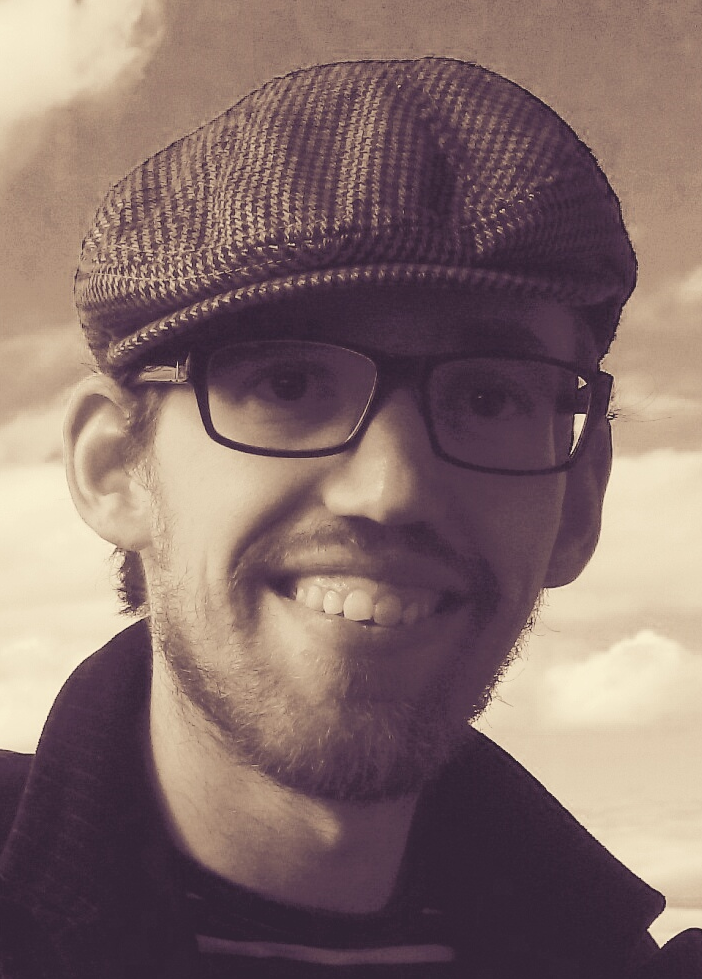
I am a professor in the Machine Learning group at the Department of Informatics, University of Bergen. I am also a member of the and the Center for Data Science and the Energy Informatics Lab. My research interests are focused on geometric and topological methods in machine learning and their application in medicine and the energy domain. Geometric methods refers to taking advantage of the underlying space from which data is sampled, such as the sphere in the case of global weather data. Topological methods refer to the analysis of data shape and is closely related to manifold learning. Reeb graph learning and homology estimation are some important tasks in the field.
One important method in topological data analysis is persistent homology. The method consists of several steps: First, the data is translated into a (bi-)filtered simplicial complex. Starting from low filtration values, this filtered simplicial complex is then assembled, while keeping track of the components, holes and voids in the structure. In this way, we keep track of the features and the range of filtration values for which they exist, allowing for multi-scale analysis. Features that persist over large ranges of filtration values are called persistent features and thought to be important. For unsupervised machine learning, we can then visualize the persistence diagrams and localize some homology features. For supervised machine learning, persistence diagrams need to be transformed into a vector representation, before using standard supervised learning algorithms. My research spans from encoding of data into (bi-)filtered simplicial complexes (topological representation), approximations of filtered simplicial complexes (sparsification), localizing topological features, validation measures of unsupervised persistent homology, data benchmarks, efficient vector representations of persistent homology for supervised machine learning and applications of topological methods in the domains of biomedicine, geophysics and energy.
Another important tool from topology are Reeb graphs, which can be used to characterize manifolds. Since manifold learning is an important but challenging part of machine learning, Reeb graph learning can contribute by capturing some of the important properties of the manifold. My research spans the following different aspects of Reeb graph learning: mathematical foundations, (probabilistic) learning algorithms, performance measures, metrics, visualization, downstream tasks such as dimensionality reduction or generative modelling and applications to different domains.
In the context of machine learning applications I am interested in understanding how spatial structures and their change over time influence biology, energy systems, and epidemics. Some examples of previous research includes studying the spread of HIV, the effects of various toxins on fish development, and rapid treatment responses in leukemia.
In my free time I enjoy dancing swing dances (balboa, lindy hop, boogie woogie), playing board games, hiking, running, cooking and reading.